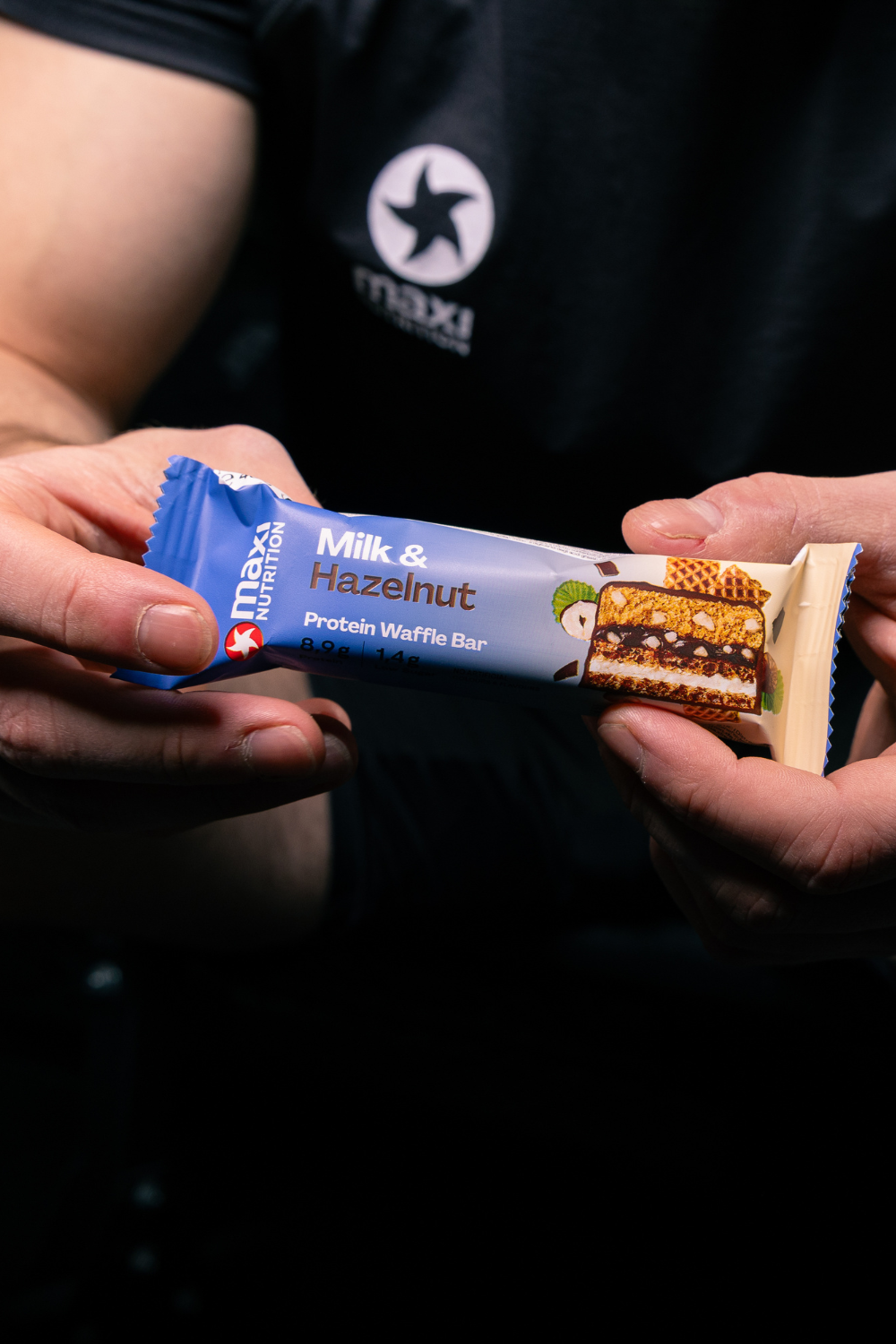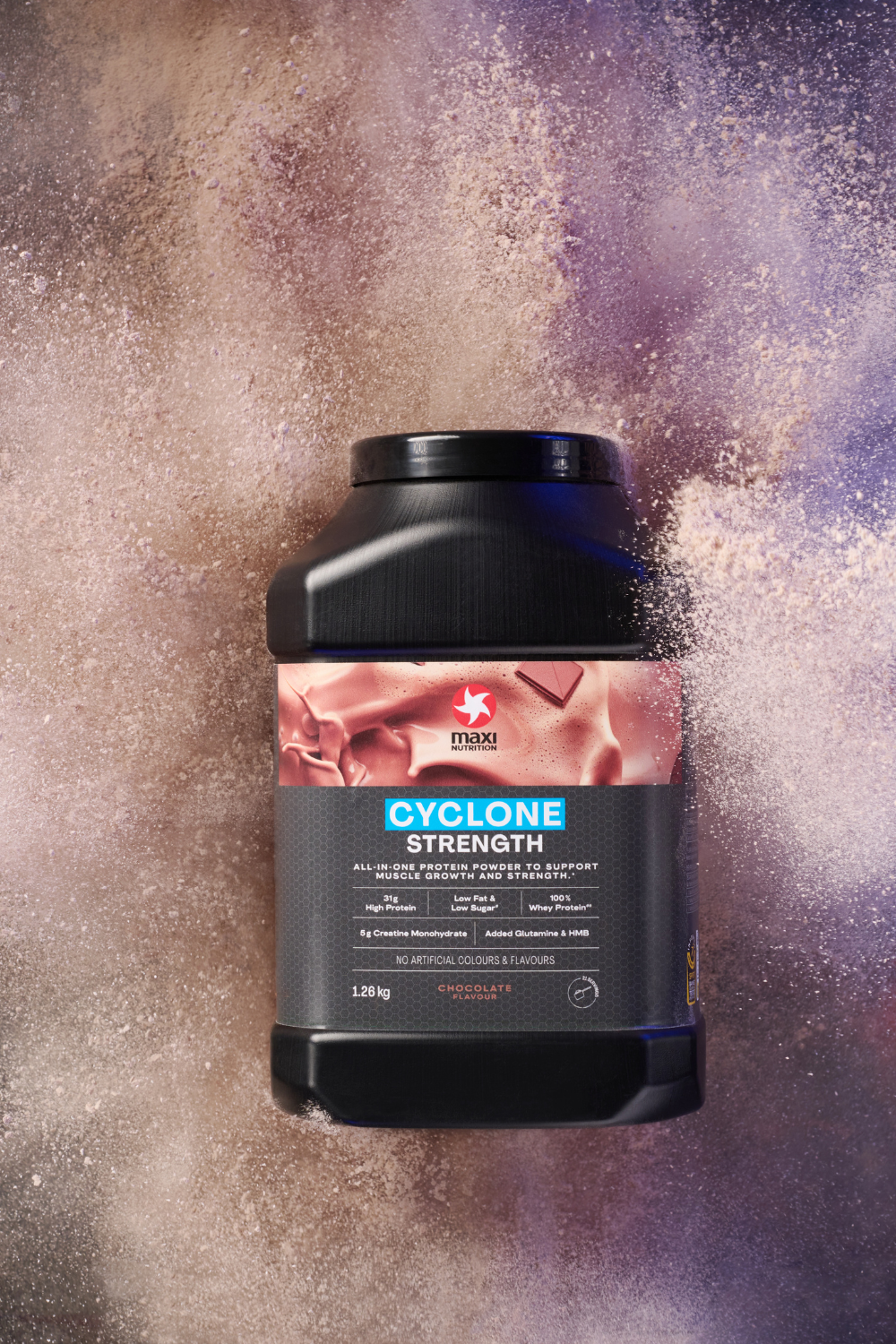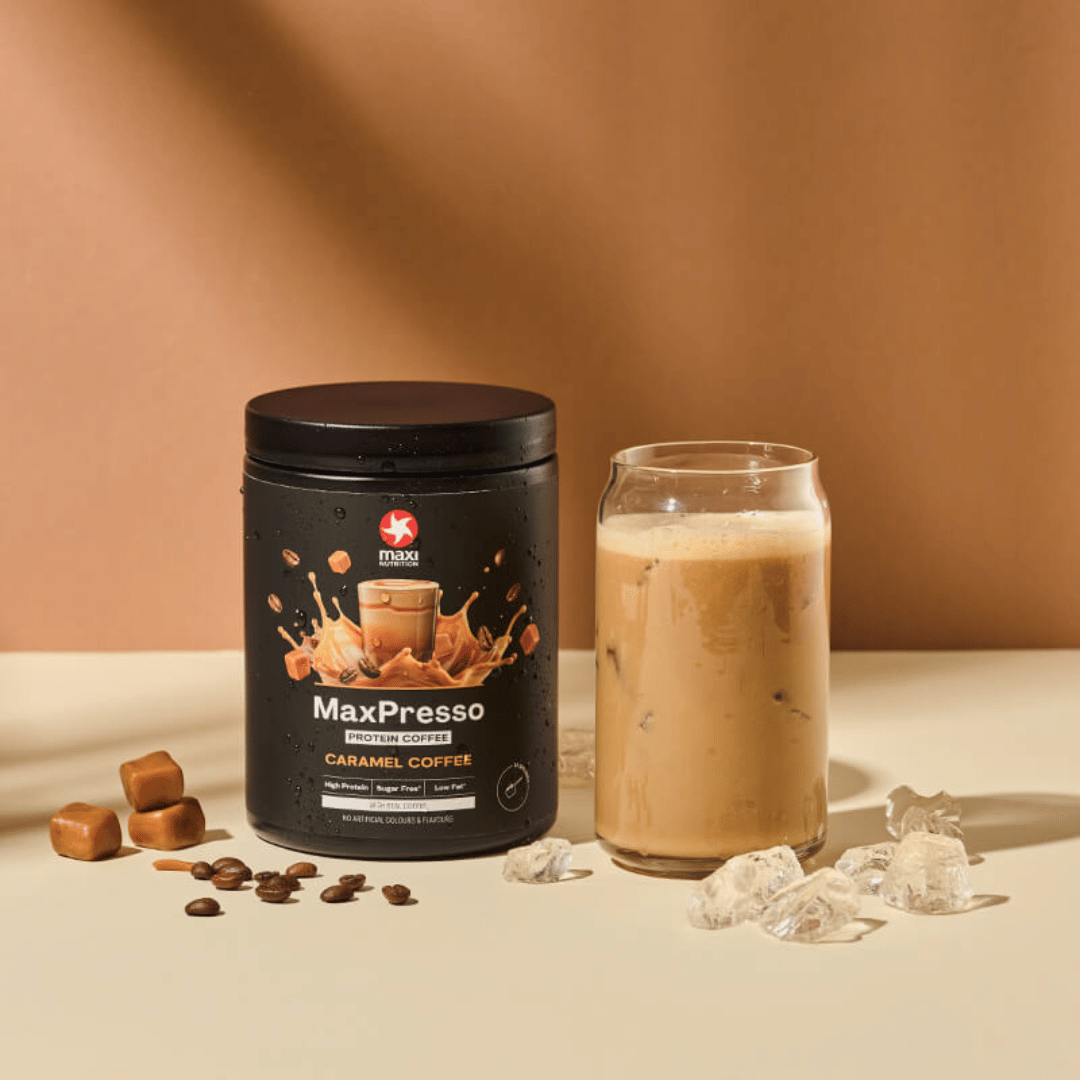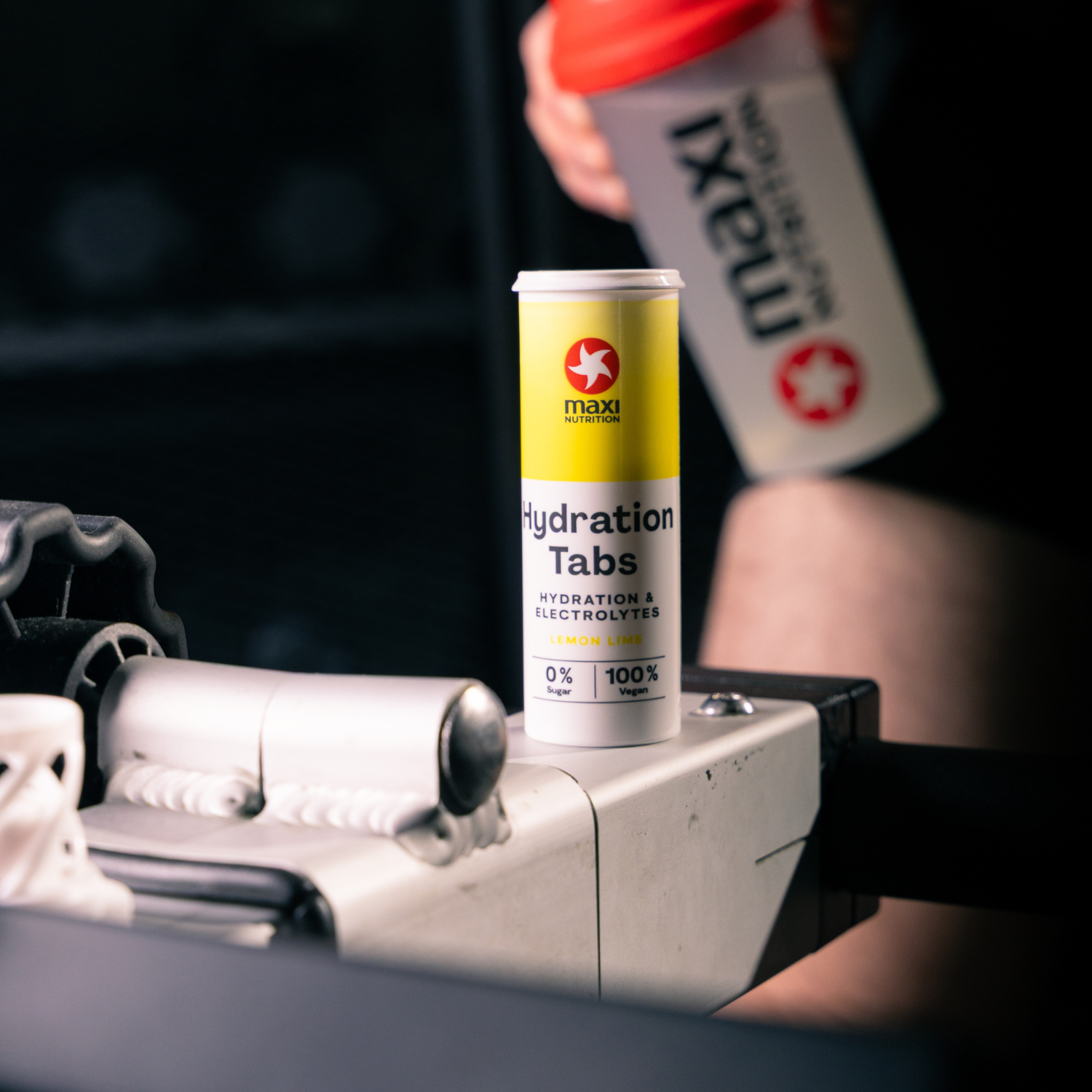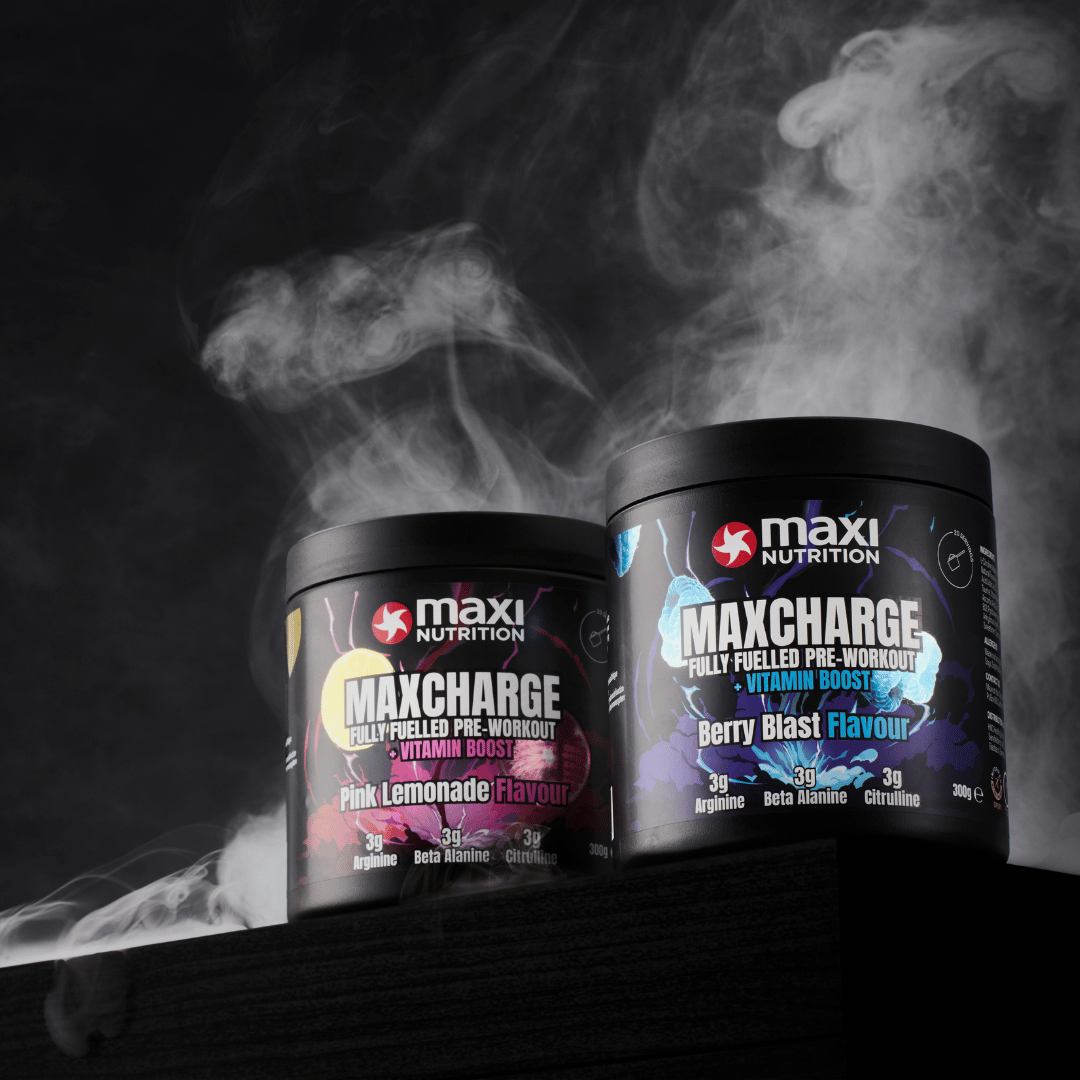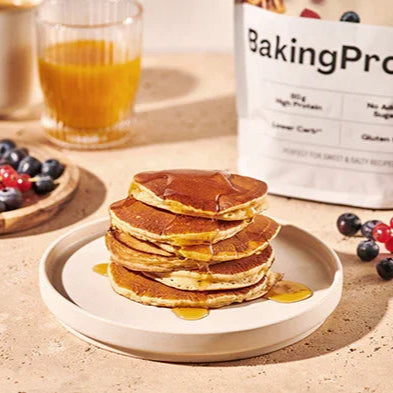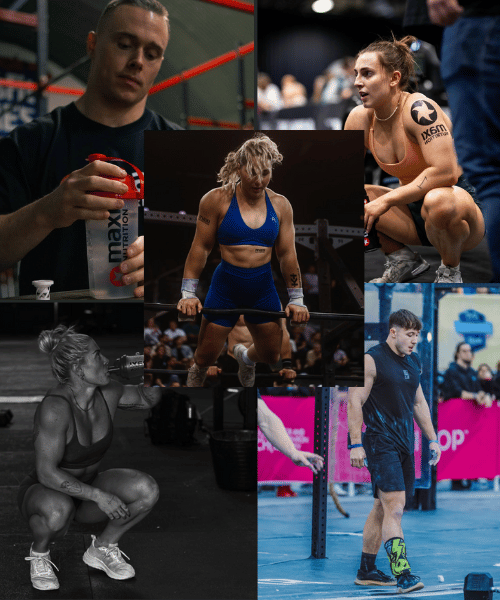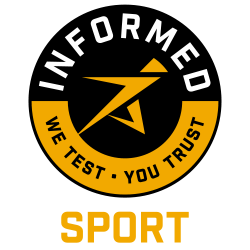5 Steps To Smarter Eating
As mistletoe and mince pies are replaced with the daily commute and deadlines, it can be hard to get your head into healthy eating. The luxury of home cooked meals and snacks on tap are replaced with the requirement for preparation, organisation and restraint! So how can you make light work of eating healthily and getting on track to achieve your body composition and performance goals? Rebecca Williams explains with 5 steps to smarter eating.
STEP 1 – UNDERSTAND YOUR ENERGY REQUIREMENTS
In order to kick start the New Year and work towards aspirations of a fitter and healthier you, eating the right amount of food to support your activity level is imperative. Quite simply, if you ingest more energy via food than you burn through exercise or daily activity, you will gain body weight. Alternatively, if you exercise more and eat less, you will lose body weight. Energy requirements will vary between individuals depending on; gender, body weight and age, along with activity type; duration and intensity. To gauge your personal energy requirements, and therefore the amount of calories you need per day to support your body composition and performance goals, follow the equation below and take a look at the meal plans for the following goals; Restore, Lean, Size and Strength.
Work out your basal metabolic rate (BMR) (amount of energy expended at rest):
Men: BMR = 66 %2B (13.7 x Weight (kg)) %2B (5 x Height (cm)) - (6.8 x Age)
Women: BMR = 655 %2B (9.6 x Weight (kg)) %2B (1.8 x Height (cm)) - (4.7 x Age)
Example: 1741= 66 %2B (13.7 X 70 KG) %2B (5 X 180 CM) – (6.8 X 27)
Then multiply your BMR by 1.55 if you’re exercising 3 - 5 times per week to give your daily calorie allowance:
Example: 1741 x 1.55 = 2699 kcal per day
STEP 2 – SMALL REGULAR MEALS
It is a common misconception that by skipping meals or significantly reducing calorie intake, gaining the leaner body you are aiming for is achieved quicker. However this is unsustainable and is not conducive to supporting increased training levels, not to mention the essential nutrients you are depriving your body. In addition, numerous scientific studies have shown that those who skip meals (breakfast in particular), are more likely to binge eat and in total consume a greater amount of calories from nutrient poor foods, resulting in an overall increased daily calorie intake versus those who don’t skip meals. Therefore small, regular, healthy balanced meals and snacks are the key to staying fuller for longer, keeping energy levels up which allows us to follow our new year training plan, and giving us more opportunities to meet our nutritional needs.
For between meals and post training, where there should be an emphasis on carbohydrate and protein containing foods, choose snacks which include fibre, protein and are a source of vitamins and minerals. See the table below for delicious snack ideas:
| Food | Carbohydrate (g) | Fibre (g) | Protein (g) | Fat (g) |
| ¼ avocado filled with tomato and 60 g tuna | 6 | 3.5 | 17 | 7 |
| Large handful (40g) of mixed nuts, raisins and sultanas | 14 | 5 | 8 | 13 |
| Reduced fat peanut butter on 2 multigrain crisp breads | 23 | 4 | 8 | 13 |
| Banana smoothie & raspberry (made with 300 ml skimmed milk) | 25 | 0 | 17 | 0.5 |
| Low fat yoghurt with 1 scoop of Maximuscle Promax Powder. | 18 | 0.5 | 29 | 6 |
STEP 3 - HIGH QUALITY PROTEIN
Protein is an essential nutrient for all round health, growth and bone health. During exercise muscle tissue is broken down, and the body uses dietary protein to rebuild muscle tissue and adapt to the stresses it has encountered. As exercise levels increase in duration and intensity, the amount of protein you need to overcome the level of breakdown also increases. Therefore incorporating adequate protein in to your diet can support the development and maintenance of muscle tissue, which is especially important if you are following a calorie restricted diet, and if you are working towards gaining a more defined physique.
HOW MUCH? For those who are exercising frequently (up to 3 times per week) and looking to maintain their muscle mass, protein requirements should increase to 1 – 1.7 g of protein per kg of body mass per day (g/kgBM/d). Those aiming for an increase in muscle mass and size and exercising up to 5 times per week (including weights sessions) should aim for a protein intake of 1.5 – 2 g/kgBM/d.
WHEN? Research has shown that consuming between 20 – 40 g of protein at each meal or snack regularly throughout the day (every 3 – 4 hours) is the optimal way of stimulating muscle protein synthesis and therefore maintaining and rebuilding muscle mass. Consume protein in close proximity following exercise so your body can rebuild and adapt.
WHAT TYPE? To gain a wide range of amino acids (the building blocks of proteins) vary the foods you gain your protein from, e.g. meat and plant based foods. See the table below for some power house foods packed with protein:
| Food | Protein (g / 100 g) |
| Chicken | 32 |
| Salmon | 22 |
| Chickpeas | 8 |
| Eggs | 12 |
| Almonds | 21 |
| Maximuscle Promax Bar | 21 |
STEP 4 - MAX OUT ON FRUIT & VEGETABLES
We all know that we should be eating at least 5 portions of fruit or veg per day to gain the essential vitamins and minerals our bodies needs to work properly, however packing our diet with the colourful stuff can also help us to achieve our performance goals. During the cold winter months the rate of illness can spread like wildfire, meaning time away from training or exercise. Fruit and veg are packed with anti-oxidants such as vitamin C and E, which can help to support the normal functioning of the immune system.
Fruit and veg are great snack options to curb those peckish moments when we see ourselves reaching for pastries or chocolate bars. Keep a bowl of fresh fruit on the counter at home or on your desk at work for a quick fix of something sweet. Eat a wide variety of fruit and veg, and remember as a general rule of thumb the darker the green veggies, the more nutrient rich they are.
However consider cooking methods when preparing your vegetables, as over boiling them can cause the vitamins and minerals to leach out into the water, therefore try steaming instead to keep the good stuff intact.
For those looking to get leaner, the addition of fruit and vegetables to your meals can add bulk and decrease the reliance of huge starchy carbohydrate portions. For example try adding mushrooms and red peppers to your morning omelette, or exchanging a baked potato for a large portion of roasted vegetables with your evening meal. Take a look at the table below as a guide to optimum fruit and veg portion sizes:
| Fruit/Vegetable |
| 2 small pieces of fruit e.g. kiwis |
| 1 medium piece of fruit e.g. apple |
| Half a large piece of fruit e.g. ½ grapefruit |
| 30 g dried fruit |
| 150 ml glass of unsweetened 100 % fruit / vegetable juice |
| 2 spears of broccoli or cauliflower r |
| 3 heaped tbsp cooked veg e.g. peas |
STEP 5 - GET ORGANISED FOR SUCCESS
Organising your nutrition to support your training and performance goals can not only ensure you achieve a balanced diet, and body composition aims, but it can also save you money and can make eating more enjoyable. Consider the following points to get organised for success;
BATCH COOKING. Make batches of meals when cooking and pop them in the freezer, ready for those days when something quick and easy is preferred.
CONVENIENT AND PORTABLE. Have protein and carbohydrate, non perishable snacks in your gym bag to support your training goals.
PLAN AHEAD. Weekly menus and shopping lists are a great way to ensure you eat a balanced meal (if you stick to them!) and can help you avoid picking up those tempting little goodies on the supermarket shelves.
TIME LINE. Create a time line including the hours you spend at work, study, and exercising, to help you better organise your meals and snacks across the day. Remember to include a form of carbohydrate and protein post exercise.
As eating healthier and exercising more top the New Years good intentions list, following the 5 Steps to Smarter Eating can help ease you into your new regime. For more support tailored to your individual goals, whether that be improving lean definition, or increasing your muscle mass and size, take a look at the Maximuscle Meal Plans.


